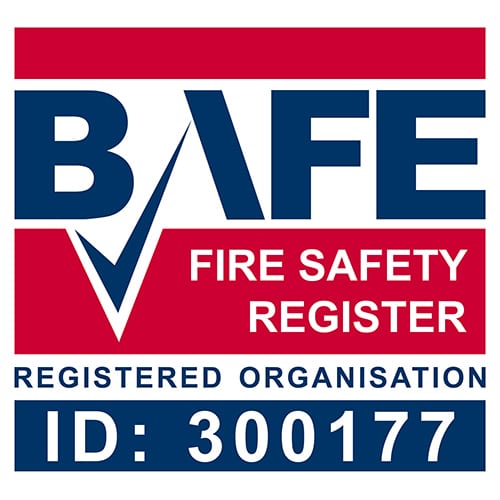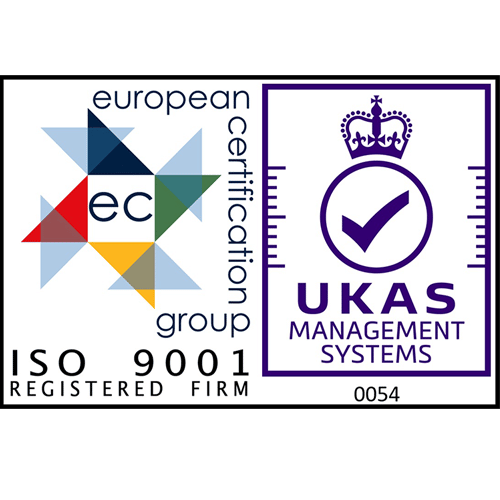It is a requirement under Article 14(2)(h) of the Fire Safety Order that the person responsible for a premises ensures adequate emergency lighting has been installed.
Emergency Lighting Services
The law requires that emergency routes and exits requiring illumination must be provided with lighting of adequate intensity in case the main lighting fails. The system must also be maintained in an efficient state and in good repair under Article 17 of the Order.
Our team of fire safety experts are capable of installing a range of systems of varying intensity, dependent on requirements. Prior to beginning the installation process we will conduct an assessment of the property. We will identify potential risk areas, and provide you with a comprehensive emergency lighting system design.
Why Invest In Emergency Lighting
Emergency lights can serve as a guide in the event of an emergency issue, allowing your staff to leave the area safely. We are all guilty of disobeying the green emergency exit signs, despite the fact that we all know what they look like. People wouldn't typically know where to go if they needed to depart right away. This problem is solved with emergency lighting since exits are always visible, regardless of the emergency.
Moreover, nothing is worse than having a lighting issue that leaves your entire organisation in the dark, as this will inevitably affect productivity levels. If your house is located in a region that frequently experiences power outages, emergency lighting may come in quite handy because it won't be affected.
Emergency Lighting FAQ's
Emergency lighting is lighting that is installed in buildings to provide illumination in the event of a power outage or other emergency situation. It is designed to enable people to evacuate the building safely in the event of an emergency.
In general, emergency lighting must be installed in buildings where people are present, and the system must be designed, installed, and maintained to ensure that it functions correctly in the event of an emergency.
The frequency of emergency lighting testing depends on the type of lighting system and the regulations in place in the country or region. In general, emergency lighting should be tested at regular intervals, typically every month, to ensure that it is functioning correctly. A full duration test, which involves switching off the main power supply to the building, should also be carried out at least once a year.
The building owner or facility manager is typically responsible for the maintenance of emergency lighting systems. This includes regular testing and inspection and any necessary repairs or replacement of components.
We specialise in providing Emergency Lighting here at Brookside Fire Service, alongside a maintenance and installation service. Contact us if you're in need of Emergency Lighting for your property today.





